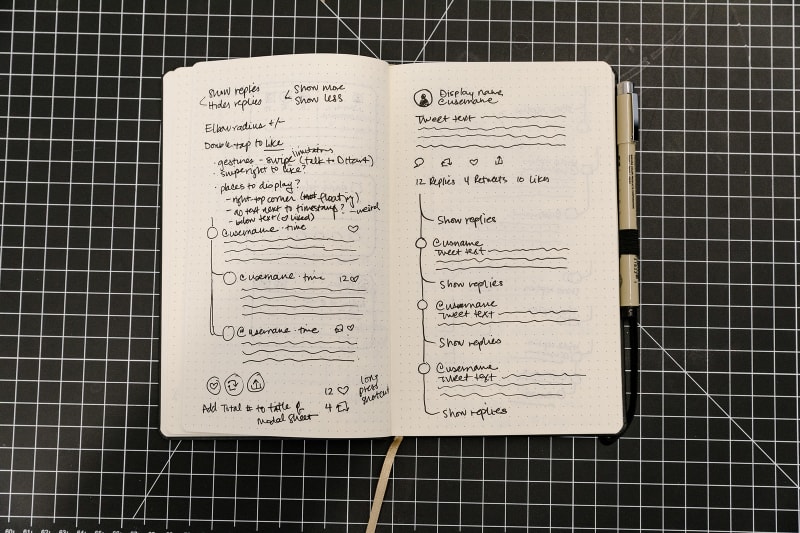This is a helpful article from Jeff Vincent about the “nth user problem”. This is a not-so-great term for a very real problem: how to make sure you’re able to effectively onboard additional team members on a customer’s primary account. From SaaS has an nth user problem:
A huge driver of churn in the most successful SaaS businesses is loss of champion churn — or when your product’s greatest advocate within a customer company moves on to another job or department and the replacement admin abandons your product in favor of a new platform. This is the end result of the nth user problem at work.
Jeff shares lots of good advice on how to take care of additional account users and make sure they become engaged users and advocates.
